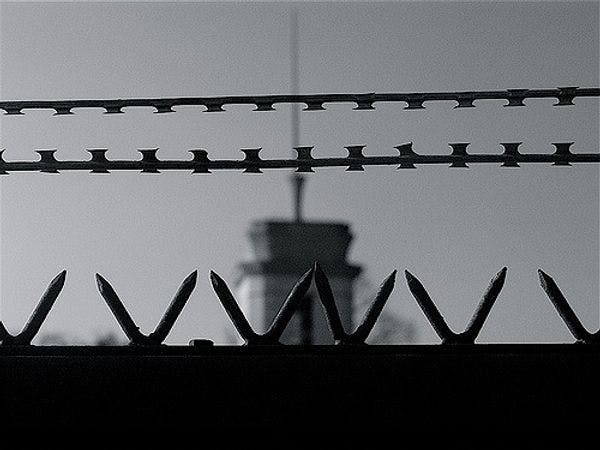Les prisons privées : un modèle critiquable aux Amériques
Les arguments en faveur de la privatisation des prisons ne résistent pas à l’analyse. Pour en savoir plus, en anglais, veuillez lire les informations ci-dessous.
Abonnez-vous à l'Alerte mensuelle de l'IDPC pour recevoir des informations relatives à la politique des drogues.
By Geoff Ramsey
In a major shift promoted by the Obama administration, the United States federal government is poised to end its use of private prisons, concluding that they are less secure and not cost effective. What does this shift mean for Latin America, where in recent years governments have been increasingly interested in prison privatization?
On August 18, the U.S. Department of Justice (DOJ) released alandmark memo instructing federal personnel to phase out their reliance on private prisons. The announcement was based on a report comparing 14 prisons operated by private companies and 14 prison facilities operated by the Federal Bureau of Prisons (BOP). The findings are staggering. Researchers found that private prisons had significantly higher incidents of violence than their government-operated counterparts. According to the report, private prisons saw nine times as many lockdowns due to emergency security situations, roughly 30 percent more incidents of inmates assaulting each other, and over 50 percent more incidents of assaults on prison staff. Private prisons also seized larger numbers of contraband like drugs, weapons, and cell phones. The report also identified major pitfalls in overseeing healthcare provision at private prisons, corroborating multiple press reports in recent years.
At the same time, these private prisons were found to be no more cost efficient than those run by the BOP. This element of the report is crucial, as it undermines a principal tenet of the drive to privatize prisons in the first place. Beginning in the 1980s, the private prison industry expanded rapidly with the promise that it could provide authorities with the same level of service as government-operated facilities, but at less cost. But the DOJ has concluded otherwise. In the August 18 memo, Deputy Attorney General Sally Yates asserted that private prisons “simply do not provide the same level of correctional services, programs, and resources; they do not save substantially on costs.”
In fact, the cost efficiency of private prisons in the United States has been put into question a number of times in recent years. Other studies have had similar findings. A 2011 study by the Arizona Department of Corrections found that public prisons were not significantly more expensive, and in some cases were as much as $1,600 cheaper per inmate per year than private facilities. A University of Utah analysis conducted in 2007 found that savings from private prisons were “not guaranteed and appear minimal.”
Click here to read the full article.
Keep up-to-date with drug policy developments by subscribing to the IDPC Monthly Alert.
Thumbnail: Flickr CC Matthias Muller
